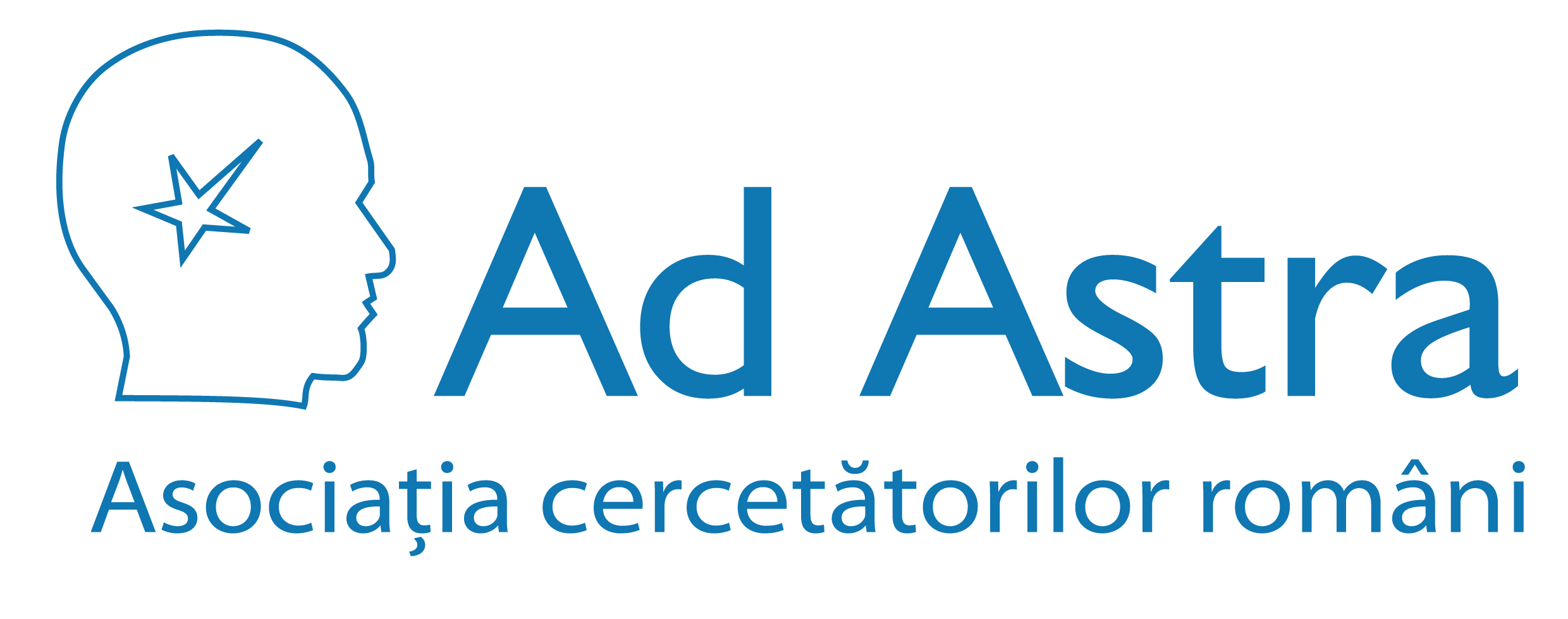Scopul nostru este sprijinirea şi promovarea cercetării ştiinţifice şi facilitarea comunicării între cercetătorii români din întreaga lume.
Staff Login
The Aesthetic ‘Shadow’ of Gothic Arianism: Archaeology, Architecture and Art in the Age of Heresies
Domenii publicaţii > Stiinte umaniste + Tipuri publicaţii > Capitol de carte
Autori: Dragos Mirsanu
Editorial: Mihail Neamtu, Bogdan Tataru-Cazaban, Zeta Books, Memory, Humanity, and Meaning. Selected Essays in Honor of Andrei Plesu’s Sixtieth Anniversary offered by New Europe College alumni & friends pages, p.411-432, 2009.
Rezumat:
In the context of the ‘Great Invasions’ at the end of Antiquity, religious otherness arguably played an important role in the relations between the Romans and the ‘barbarians’. Converted in the late fourth and the fifth centuries to a form of Late, ‘Gothic’ Arianism, these migratory, then settled, populations, for a long time willingly preserved their religious distinctiveness from the Orthodox Christian Romanitas. This article asks whether there existed an artistic mirroring of this ‘clash’ by investigating the material evidence (iconographic, architectural, etc). Was there any specifically Arian message behind, for instance, the iconography of the churches in Ravenna? Furthermore, can we observe an anti-Arian artistic message from the orthodox/catholic side? I will show that the surviving material evidence is too indistinct for us to conclude that symbolic art was meant to offer an affirmation of the theological difference. However, a few particular iconographic scenes, associated with specific scriptural texts, can be held to suggest a certain colouring to the understanding of the divinity of the Son.
Cuvinte cheie: Arta crestina timpurie, Invazii barbare, Arianism, Teologie // Early Christian Art, Barbarians, Invasions, Arianism, Iconography, Theology

